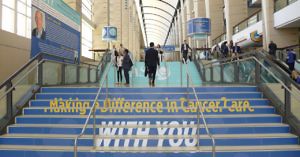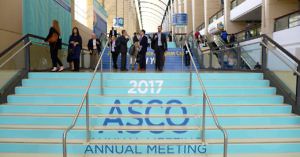What did we learn about ALRN-6924 at ESMO19?
Oncology R&D is very much a tale of two cities. At one end you have all big pharmas and biotechs with significant resources in the form of very large budgets, (hopefully) an extensive pipeline, plus many hands on deck to efficiently spread the workload, while at the other end you have what I call the ‘baby’ biotechs with completely the opposite situation coupled with a much greater need for prudence in how those scarcer resources are managed.
A failed drug development may not affect big pharmas very much, it’s written in to the strategic plans after all, and a 90% failure rate is very much de rigeur so you’re looking for the rare gems that will shine and carry the rest. In small biotechland, such inherent risks are much more prominent – and drastic – because a failed program can wipe out the stock overnight such that future endeavours to raise money are greatly hampered, putting the very life of the company at risk of not only delisting (if publicly traded) from stock exchanges such as NASDAQ, but also the ultimate doom.
The constraint that both bookends have in common, however, is familiar to many readers – how to get the best shots on goal given the time, energy, and resources available?
At BSB we don’t write just about big Pharma – we also try to highlight the roller coaster experienced at the other end of the spectrum and showcase some cool science in the process. Given our interest in stapled proteins as well as the various challenges associated with both tumour suppressors and MDM2, it seemed like a good idea to catch up with the folks at Aileron Therapeutics (NASDAQ: ALRN) and learn more about their progress since they combine all three elements in one go…. it’s time for some gems from the ESMO19 poster hall.
To learn more from our oncology coverage and get a heads up on insights from our latest thought leader interview, subscribers can log-in or you can click to gain access to BSB Premium Content.
This content is restricted to subscribers


